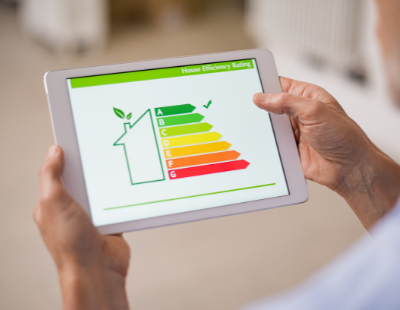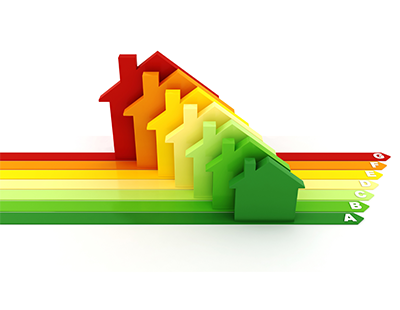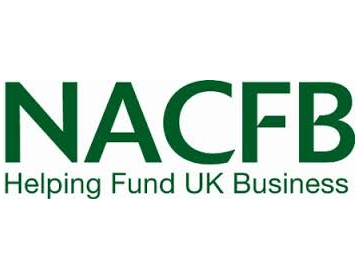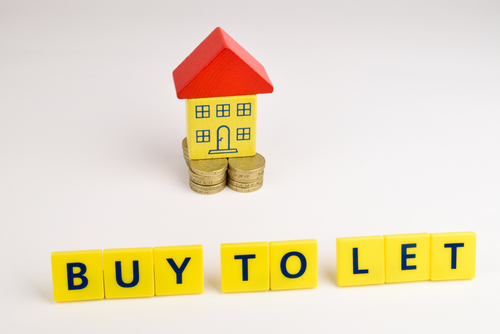COP26 saw ambitious global net-zero targets being promised and industries are having to adapt to meet the national targets. Mortgage Advice Bureau (MAB) asked 64 mortgage lenders in the UK what their plans were for green mortgages.
Findings of the survey
The study found only one quarter (25%) of those surveyed currently offer green or net-zero mortgages, but of the lenders that don’t currently have green mortgage products, 88% said they have plans to do so.
MAB also sought to find out how many consumers are being offered green mortgages. Of those who have either bought a property or remortgaged in the past 18 months, just 14% had been offered a green mortgage product.
What do consumers know about green mortgages?
MAB surveyed consumers to understand their knowledge of green mortgages. The study discovered more than two in three (69%) respondents have not heard of a green mortgage, despite it potentially reducing monthly mortgage payments based on how eco-friendly their property might be. Of those who have not heard of a green mortgage, 45% of respondents admitted they do not understand what the mortgage product actually is. Of those (31%) who said they do know what a green mortgage is, 15% said they don’t understand it.
With the country striving to be more sustainable, consumers are being increasingly encouraged to change their lifestyles. Even though there is an increasing number of green mortgage products and incentives coming to market right now, there is currently a lack of uptake.
Consumers’ attitude towards green mortgages
When asked if they would pay more for a green mortgage, knowing they would be helping with sustainability and the environment, 38% of respondents said they would. Yet, although the intention to help the environment is evident, consumers are tentative, citing concerns of what the additional cost would be. Nearly a quarter (24%) of those who said they would consider paying more said it would depend on how much extra a green mortgage would cost them.
A further 40% of respondents said they would not pay more for a green mortgage, even knowing it would help the environment. Digging into the reasons why, 24% said they can’t afford to pay any more, 20% don’t want to have to pay any more for their mortgage, and 12% said they already pay enough. A further 16% said they shouldn’t have to pay more to help the environment and 13% said they don’t know how it will help.
Reasons why adults would not pay more for a green mortgage:
|
I can't afford to pay more
|
24%
|
|
I don't want to have to pay any more for my mortgage
|
20%
|
|
I shouldn't have to pay more to help the environment
|
16%
|
|
I don't understand how it will help
|
13%
|
|
I pay enough for my mortgage
|
12%
|
|
I don't think I'm eligible
|
9%
|
|
I do enough already to help the environment
|
9%
|
|
I don't want to change my mortgage
|
8%
|
|
I don't trust my provider to pass on the money to greener causes
|
8%
|
|
I don't trust green mortgages
|
7%
|
|
I don't agree with green mortgages
|
6%
|
|
It's not my responsibility to help the environment
|
4%
|
|
My current provider doesn't offer a green mortgage
|
3%
|
Ben Thompson, deputy chief executive officer at Mortgage Advice Bureau, comments: “Green mortgages are a well-intended product, but they’re only scratching the surface in terms of helping to make the housing market more energy efficient. Existing borrowers, homeowners, and landlords who have properties below a C rating are encouraged to invest their own money to make their homes more efficient and less polluting.”
“However, grants and incentives being offered by the government are comparable to a drop in the ocean. Retrofitting a property could cost thousands of pounds which most homeowners may not have at hand to call upon. They’re therefore reliant on potentially borrowing against their property, which is where issues bubble to the surface.”
Thompson concludes: “We welcome recent moves by lenders to look more favourably upon borrowers’ affordability based on them buying more energy-efficient homes. This makes good sense and we’d like to see more of this positive action. However, we need combined industry thinking and innovation to work out how best and who best can influence those properties not meeting A, B, or C ratings to make sure the challenge is being properly tackled. Only then will the real benefits start to be felt.”























Join the conversation
Be the first to comment (please use the comment box below)
Please login to comment